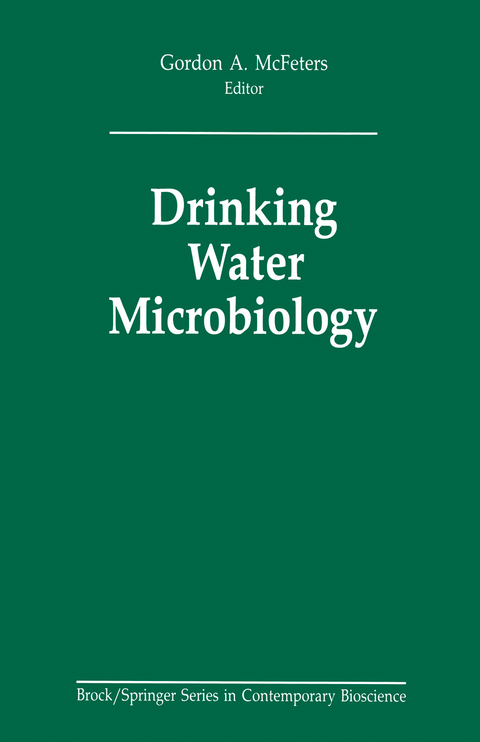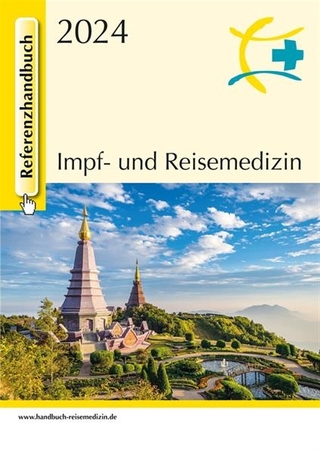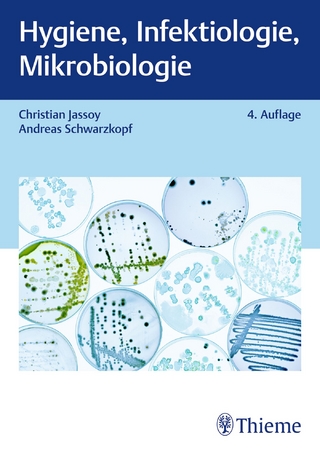
Drinking Water Microbiology
Springer-Verlag New York Inc.
978-1-4612-8786-5 (ISBN)
1 Microbiology of Source Water.- 1 Microbiological Quality of Source Waters for Water Supply.- 2 Tropical Source Water.- 2 Microbiology of Drinking Water Treatment.- 3 Assimilable Organic Carbon (AOC) in Drinking Water.- 4 Effect of Starvation on Bacterial Resistance to Disinfectants.- 5 Microbiology of Activated Carbon.- 6 Microbiology and Drinking Water Filtration.- 7 Home Treatment Devices and Water Quality.- 8 Domestic Water Treatment for Developing Countries.- 9 Microbiology of Drinking Water Treatment: Reclaimed Wastewater.- 3 Microbiology of Drinking Water Distribution.- 10 Bacterial Distribution and Sampling Strategies for Drinking Water Networks.- 11 Invertebrates and Associated Bacteria in Drinking Water Distribution Lines.- 12 Biofilms in Potable Water Distribution Systems.- 4 Pathogenic Organisms and Drinking Water.- 13 Waterborne Giardiasis.- 14 Occurrence and Control of Cryptosporidium in Drinking Water.- 15 Yersinia enterocolitica in Drinking Water.- 16 Legionella in Drinking Water.- 17 Injury of Enteropathogenic Bacteria in Drinking Water.- 18 Viruses in Source and Drinking Water.- 5 Methods and Monitoring in Drinking Water Microbiology.- 19 The Presence-Absence Test for Monitoring Drinking Water Quality.- 20 Statistical Approaches to Monitoring.- 21 Microbiological Methods and Monitoring of Drinking Water.- 22 Monitoring Heterotrophic Bacteria in Potable Water.- 23 Enumeration, Occurrence, and Significance of Injured Indicator Bacteria in Drinking Water.
| Reihe/Serie | Brock Springer Series in Contemporary Bioscience |
|---|---|
| Zusatzinfo | XV, 502 p. |
| Verlagsort | New York, NY |
| Sprache | englisch |
| Maße | 155 x 235 mm |
| Themenwelt | Medizin / Pharmazie ► Medizinische Fachgebiete ► Mikrobiologie / Infektologie / Reisemedizin |
| Naturwissenschaften ► Biologie ► Mikrobiologie / Immunologie | |
| Naturwissenschaften ► Biologie ► Ökologie / Naturschutz | |
| Technik ► Lebensmitteltechnologie | |
| Technik ► Umwelttechnik / Biotechnologie | |
| ISBN-10 | 1-4612-8786-3 / 1461287863 |
| ISBN-13 | 978-1-4612-8786-5 / 9781461287865 |
| Zustand | Neuware |
| Haben Sie eine Frage zum Produkt? |
aus dem Bereich


